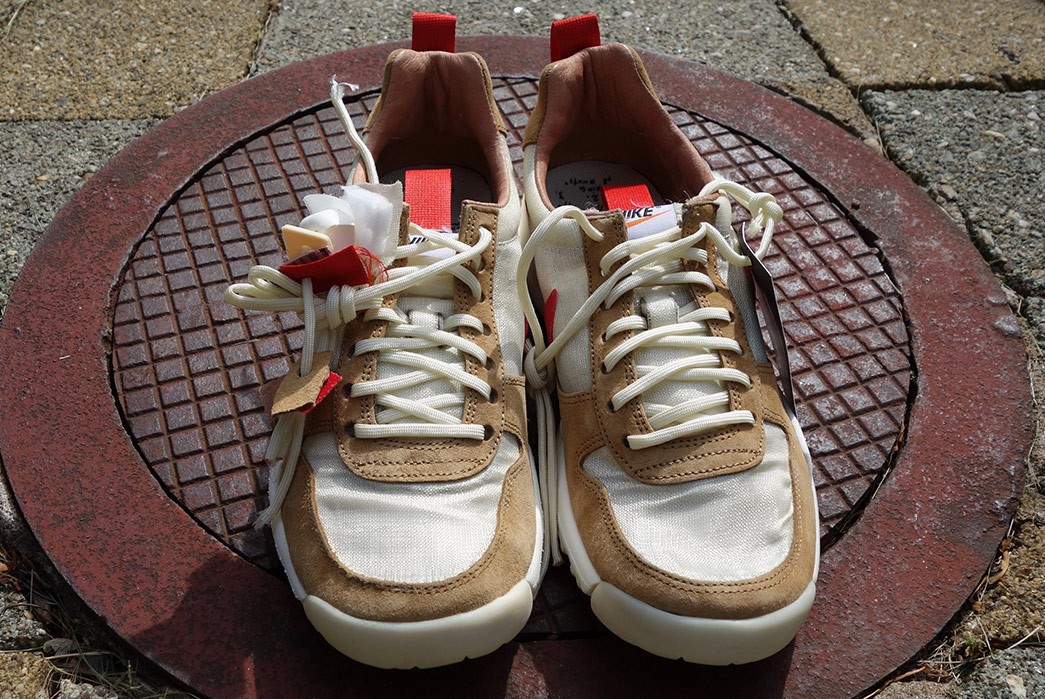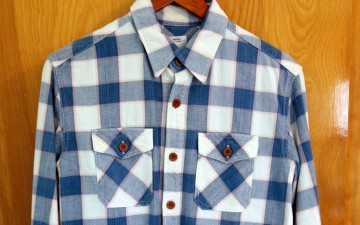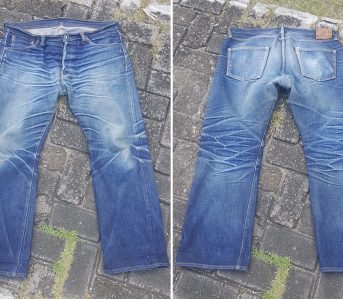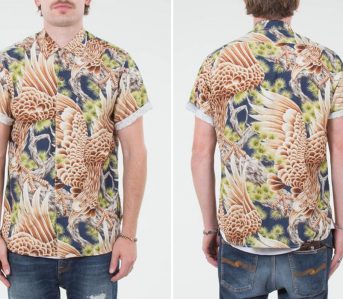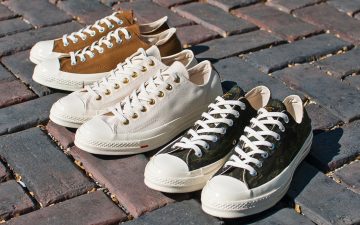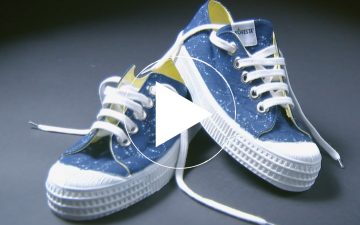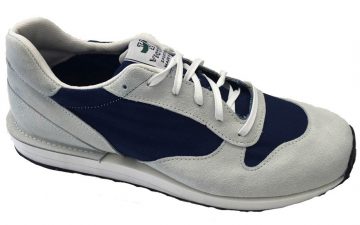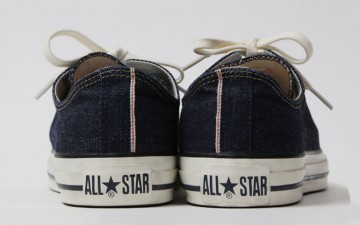Beneath the Surface is a monthly column by Robert Lim that examines the cultural side of heritage fashions.
I was traveling for work one day for a day-long meeting, at one of my company’s other offices. I was checking email on my phone during a break, when I noticed a colleague of mine walk by a few times. Instead of making eye contact, he was staring in my direction, at the ground. By the second pass, I started laughing because I realized he was staring at my shoes. The third time he passed by, he met my eye and hissed the immortal phrase: “Where’d you get those?”
The object of his desire? A pair of Yeezys I came up on one day. It wasn’t any big deal, Adidas make them available online and put you into an online waiting room once you select your size. From there, they select customers at random and give you a few minutes to complete your purchase. I entered fifteen minutes after they were available, and they were added to my cart while at my son’s martial arts class. They’re a good shoe at retail price, but their “sneakerhead” aura comes from their exclusivity – not their design. Adidas is a huge company and Yeezys are popular, so why don’t they just make more? The answer to that question is a significant story of the sneaker business today – how global sportswear companies have taken a subculture and used it to grow a multi-billion dollar industry by 40%.
Some people will say this is a story about “sneakerheads,” but I’m not a fan of the term. It’s one of those words, like “hipster” or “foodie,” that carry a shade of embarrassment with them. It conjures up the image of lining up for days to buy something rare, and in popular imagination, trying to flip them afterwards. This fixation on one commercial aspect related to sneaker culture is part of the problem. It completely negates why that culture exists in the first place – whether on the blacktop courts of New York City or the concrete terraces in stadia across England, sneaker culture began as a relatively affordable, functional way of setting yourself apart. To understand anything about the sneaker business, you must first understand what inspires sneakers’ most hardcore fans.
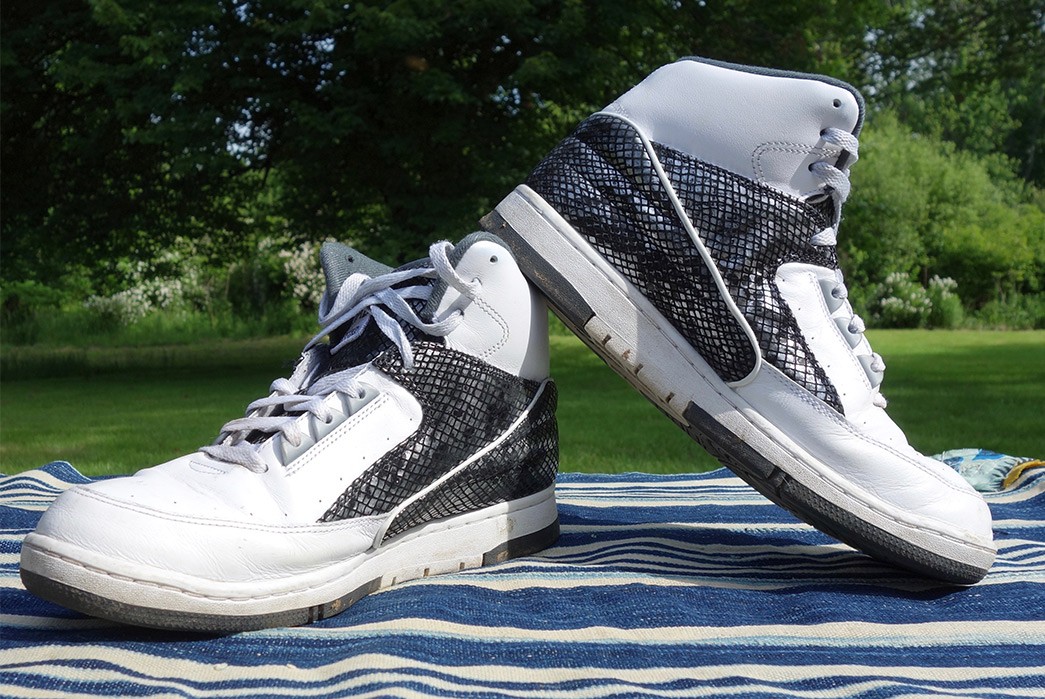
Fig. 2 – The Air Python retro, 2013
Many grown sneaker enthusiasts still remember their “first shoe” – that original sneaker that set their journey on its way. Mine was the Nike Air Python, an obscure basketball high top from about the same time as the Air Jordan II (1986 or so). True to its name, it was distinguished by a faux snakeskin overlay. I bought them at a Footlocker and wore them out of the store, leaving the box behind. I barely took them off for a whole year – they were on my feet at summer camp, mowing lawns, as an extension of my body. I eventually had to throw them out because the sole almost completely separated from the upper, flapping with each step. By that time I discovered Chuck Taylors, then casual shoes (think: Sebagos), and then dress/fashion shoes. I didn’t come back to performance sportswear until I fell into streetwear about ten years ago.
The shoe that rekindled my interest in sneakers was the Nike Air 180 from the 2006 “Evolution Pack,” in a dizzying array of premium materials (ripstop, suede, metallic leather) in a queasy mix of earth tones (recalling a bin of olives, or a rock covered in moss), with a hit or two of blue. It may not sound that appealing, but to me they were jolie laide – a beguiling, beautiful kind of ugly. I bought them at the now defunct Classic Kicks, an under-celebrated shoe store housed in a building that served as both the Def Jam and Slayer fanclub headquarters back in the day.
That pair was quickly followed by an Air Max 1 designed by Ben Drury for the “Air U Breathe” pack. He was one of the art directors that defined the British label Mo’ Wax’s strong visual identity, so it was something I naturally gravitated to. It wasn’t a big deal at the time, but became a coveted shoe after a couple of years – probably because of its reflective “3M” mudguard. Myself, I came to appreciate the perforated butter leather toebox, a sophisticated touch that pays tribute to the breathable mesh of the original.
I mention these musical connections, because they show how sneaker culture was still very much connected to a broader creative underground (as was streetwear in general)–it was also my way of expressing my own particular style. And that’s another important point–what you had on your feet encodes your tastes and personality for a certain audience. I remember talking about the famous Supreme Nike SB Blazers with a skater/music obsessive friend of mine, and he made a great point–if you’re wearing something as hyped as those, you’re basically saying you either paid a ton of money for them in resale, or stood in line for hours to get them. Either would be considered a punk move at the time.
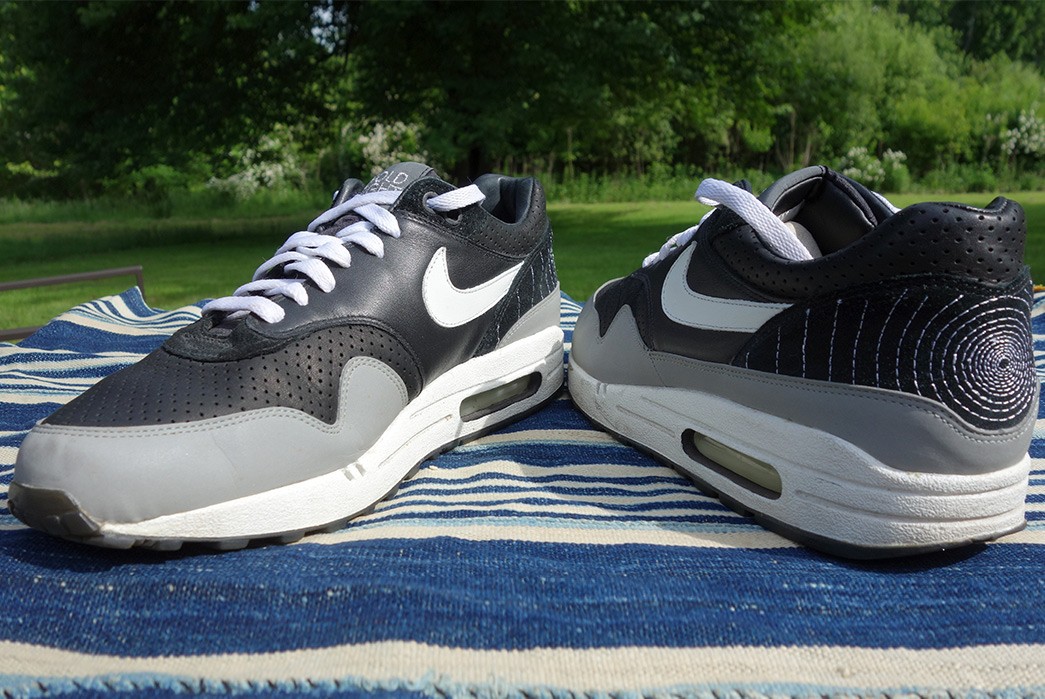
Fig. 3 – The “Air U Breathe” Air Max 1, 2006
I didn’t know it then, but I came in at the tail end of what I consider a golden era in sneaker culture. There were a manageable number of solid releases that still felt fresh and creative, and had a fan-oriented feel. Sure, there were shoes that were difficult to find, and people who made money on the side by buying extra (mostly to fuel their habit). But there was also a network of people in streetwear, so you could usually trade to get what you want–and generally, people weren’t looking to max out profit or buying solely to flip on a large scale and make a living out of it. You would also develop relationships at your regular spots.
I was fortunate to live close to Packer Shoes in Jersey City, a great store who always managed to find a way to get ahold of interesting, under the radar, releases. They also went out of their way to look out for me and other regulars (shouts to Al “Sauce”!). So I helped people I knew through online style forums find obscure shoes like the Air Max 90 “Warhawk” (a hideous make-up of a model I was never that excited about–predictably, it is massively desirable at this point). And others did likewise for me. It was like any other enthusiastic online subculture, everyone was generally on the same page, and if you looked like you just wanted to make a buck you were quickly shunned.
In New York City, the retail market for limited edition sneakers came to be centered on the stores that held the closest relationships with Nike and other shoe manufacturers; boutiques like Alife Rivington Club, Dave’s Quality Meats, and Nort/Recon getting many of the most exclusive releases (Nike called them “Tier Zero” accounts; Adidas had their Consortium network). These stores were pioneers in marketing sneakers as an aspirational part of any young person’s wardrobe, which they presented in a carefully merchandised setting.
They took advantage of the thirst created in customers who couldn’t get their hands on the rarest of their shoes, by fulfilling it with another, less limited, product. It was a symbiotic relationship – the stores got access to highly allocated stock and the brands got cool points from being associated with these exclusive boutiques. Even though they often carried similar shoes, each store had its own identity: Nort/Recon had a gritty feel that suited the graffiti-writing origins of its founding partners; DQM had a vaguely stoned, left of center vibe stemming from one of its original owners; Alife had a studied, yet casual, urban cool.
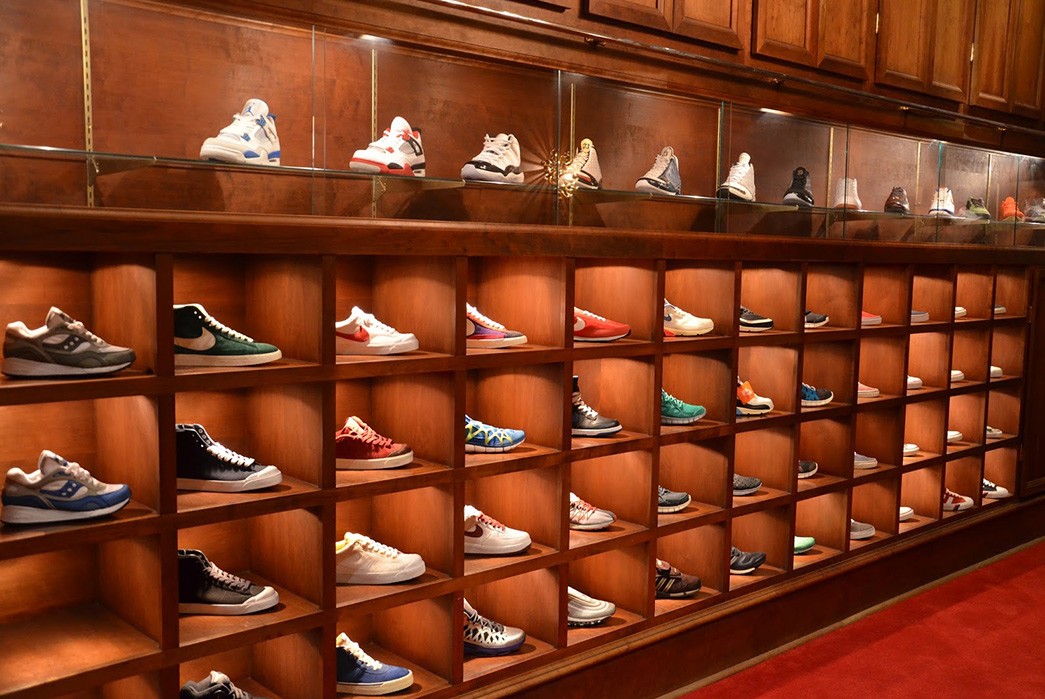
Fig. 4 – The Alife Rivington Club (via EXP.NYC)
It wasn’t long before Nike figured out that they could control their marketing by doing all this themselves, and in 2008 they opened a Soho flagship store for Nike Sportswear (Nike’s then recently created lifestyle brand). The store basically established a monopoly on Nike’s most limited sneakers and hosted release events that drove coverage in streetwear blogs. In doing so, they cut off the supply of the most sought after releases from the elite boutiques that had helped make Nike the heavyweight champion of sneaker cool. These stores all reacted differently, with some faring better than others. Recon closed in 2009 after an ill-fated move to Brooklyn; DQM changed owners (and later got an investment from Vans, opening up The General on Grand St); Alife had what I understand to be internal challenges. Most of the original multi-brand sneaker boutiques are now gone, mostly displaced by brand flagship and concept stores.
It was about this time that Nike created a formula: introduce a new model or technology through limited early releases (examples include the Mercurial Flyknit, the Air Max Zero, and the Vapor Max) and then switching to wider GR releases to turn that buzz into a steady revenue stream. Or mixing in limited releases of retro classics with larger, more commercially significant, retro releases. Jordan Brand honed this to perfection – according to StockX founder Josh Luber, they were responsible for 96% of the sneaker resale market in January of 2015. The same year, Jordan sneaker sales hit $3 billion in annual sales, with a dominating 64% of the basketball market. They had perfected a highwire act of selling huge amounts of pairs while still seeming elusive and aspirational.
Others took note, namely Adidas, they invested in and licensed new technology (Primeknit, Boost), hired three star designers from Nike to establish a Brooklyn-based design center, and signed Kanye West to be the face of their new lifestyle efforts. They also cleverly retired the Stan Smith in 2012, and brought it back to much fanfare in 2014. As an example of how closely they’ve replicated Jordan brand’s playbook, the basic black Yeezy I bought was quickly followed by a much more limited “Zebra” colorway the following week. All this has paid dividends for the company’s reputation and shareholders and Adidas has grown their resale market share to 45% from a paltry 1% at the start of 2015, and their public stock has followed suit.
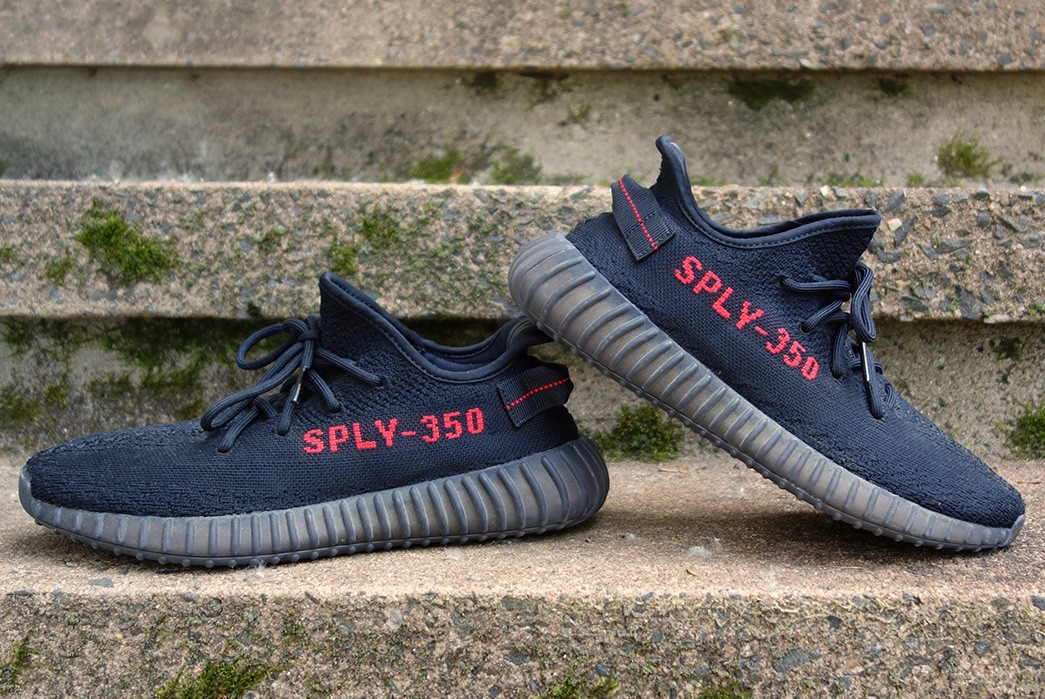
Fig. 5 – Yeezy Boost 350 v2, 2017
This is why Adidas doesn’t make more Yeezys – they’re deliberately undersupplying the market in order to build buzz and drive sales. It’s completely artificial and has coincided with the development of a resale industry facilitated by the increased ecommerce footprint of these brands. Resellers have always appeared where there’s money to be made, and it’s easier than ever to game the system, with services enabled by cloud computing (add to cart, restock notifications). If you try to buy a hotly anticipated release online, it totally feels like the deck is stacked against you.
So there’s basically a small number of releases that everyone wants (for themselves, to sell, or probably both) and then there’s everything else. And that desire for the most hyped releases drives the resale market for new releases through the roof on a regular basis – you’ll frequently see prices that would have been unimaginable for all but the rarest sneakers ten years ago. And since everybody is off chasing those handful of shoes, there’s less and less focus on everything else.
Not surprisingly, I haven’t had much other success in getting anything with high demand in the past few years. Straight up, money has poisoned that well. But ironically, I’ve found it’s become really easy to scoop up other great releases as there’s so much product on the market, a lot of special shoes just fall by the wayside.
You’d be hard pressed to find anybody caring about a couple of my recent favorites, which is a shame. The first is a collaboration between Garbstore and Reebok, classic retro models that are manufactured with their parts inside out, so you can see elements of their construction that are usually hidden from view. It’s edgy stuff that you’d sooner expect from the likes of Maison Martin Margiela or Engineered Garments, but in a familiar form to help bring it back down to earth. I bought my pair for less than $80 during HBX’s sale last year, and I’m not ashamed to admit I felt fully validated when no less than jeffstaple posted the same shoe to his Instagram months later.
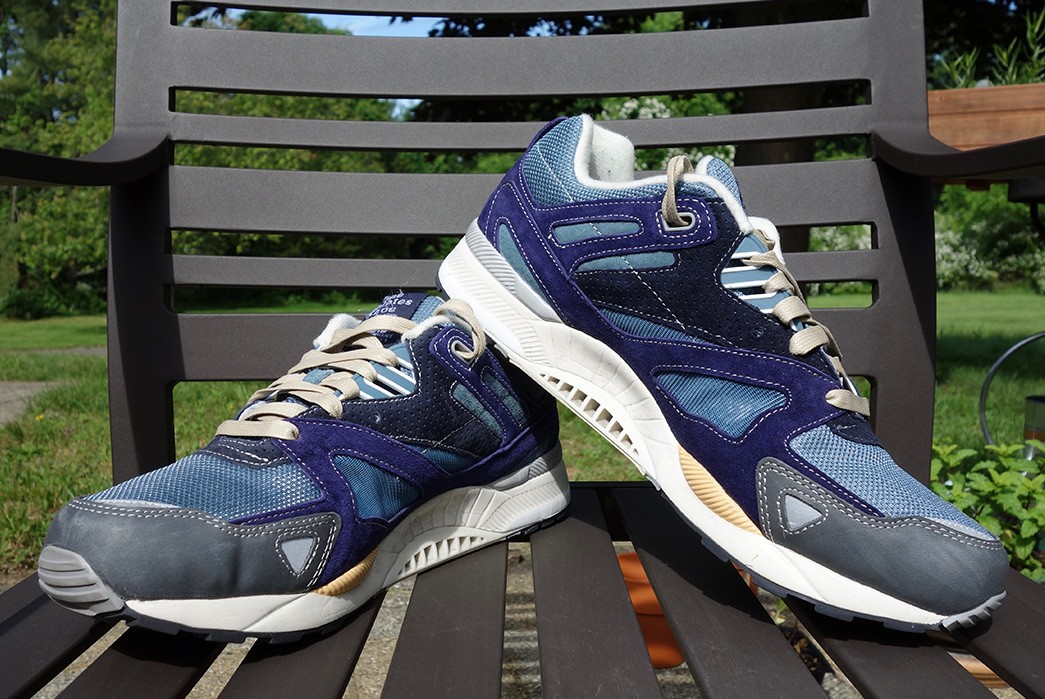
Fig. 6 – Garbstore x Reebok Ventilator II, 2015
The other is part of a criminally unheralded retro line from Brooks, a storied brand well regarded by serious runners. It’s called Brooks Heritage and it excels at the one thing that almost every footwear company seems to have completely lost interest in, well-made classic retro models with simple, attractive colors. Their latest batch includes a bunch of court shoes, my pick is the Doherty, which sports a premium mesh upper rimmed with an elegantly shaped suede trim. If you’re interested in 70s style runners, they have the Vanguard (although I prefer the Vantage, which they have apparently discontinued). Again, you won’t be paying more than $80 for the privilege.
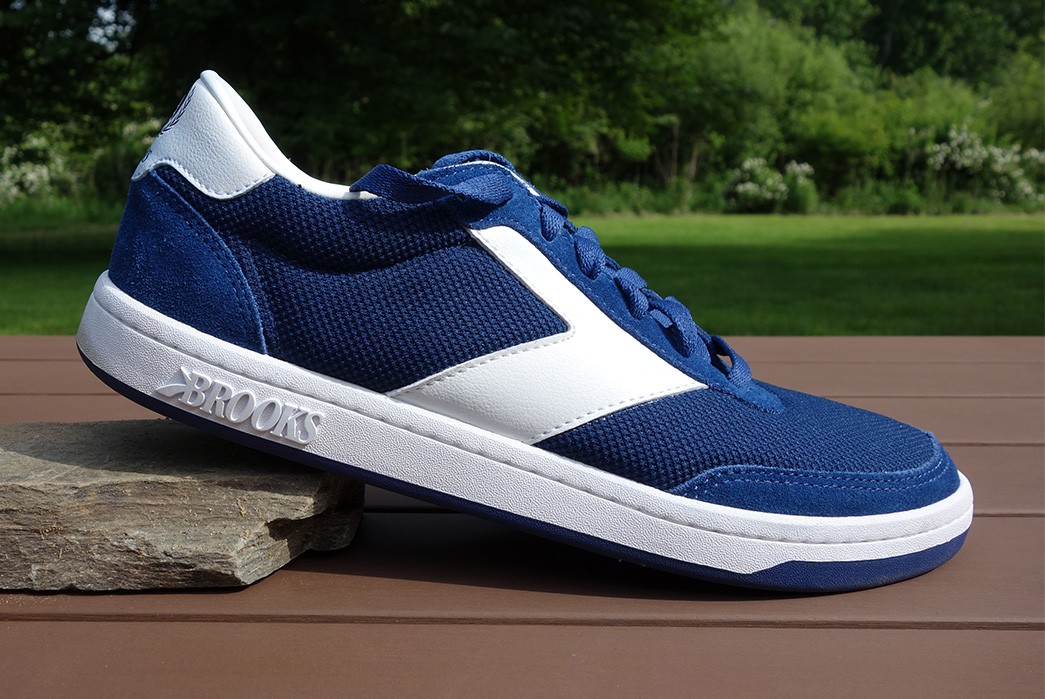
Fig. 7 – Brooks Heritage, Doherty, 2017
I’ve been thinking about this topic a lot recently – mostly inspired by the realization that I have more sneakers than I have use for, which I spent way too much effort buying. One of the things that’s brought my thoughts into focus is the NikeCraft Mars Yard shoe. It was originally released in 2012 as part of a capsule collection celebrating the artist Tom Sachs’ Space Program:Mars exhibition at the Park Avenue Armory. It was available for sale there, and also at Union Los Angeles. I’m into visual art and the shoe is gorgeous besides, with fabrication that’s almost literally out of this world. It also includes nods to Nike’s DNA (such as an upper resembling the “V Series” running models from the 80s, and a platform similar to the Special Forces Boot that had only come out recently). It was past, present and future, all in one.
I still remember calling Union on that day to place a phone order. I doubt there was a line or anything else, the guy on the phone had time on his hands. In person, it’s even nicer than it looks online and the packaging is as amazing as you’d expect from a Tom Sachs piece. I didn’t think much of it then (and still haven’t gotten around to wearing them), but noticed that it seemed to command a hefty price on the resale market. More recently, my possession of a pair seems to have become a minor legend among a couple of Heddels staffers.
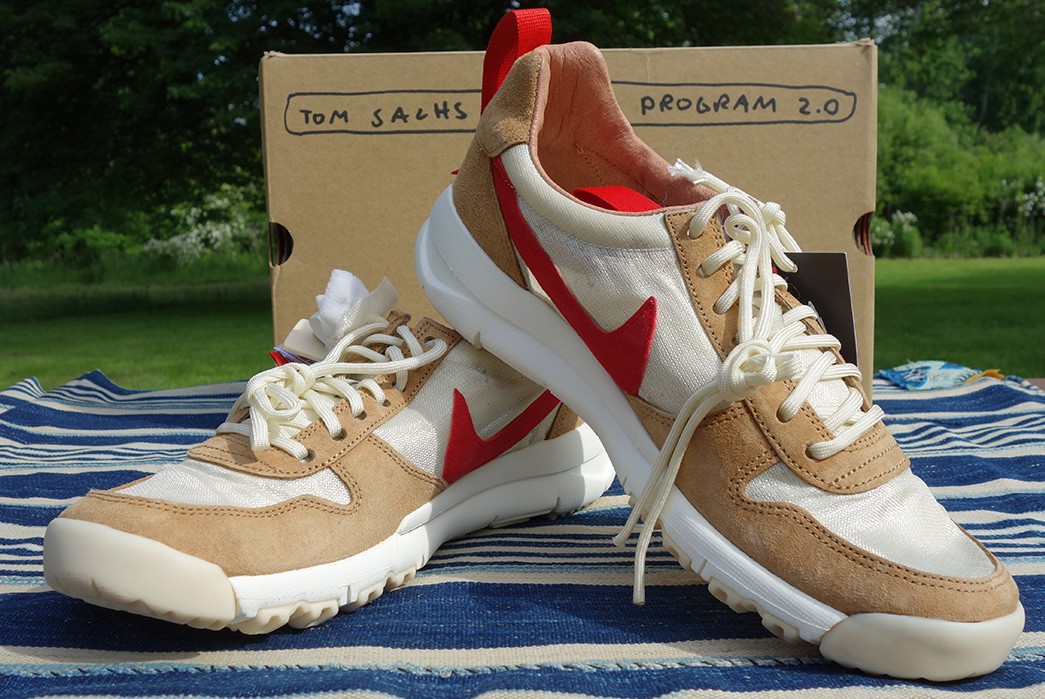
Fig. 8 – NikeCraft Mars Yard, 2012
As you may already know, Nike has made a new version to accompany another Sachs installation, and resellers are already going wild. I hope the serious fans I know have a reasonable chance to buy a pair, and good luck to them. At the same time, I can’t help but think that there’s something just as incredible out there occurring at the margins of hype. Something that nobody is paying attention to, but feels just right. Something that everyone will care about five years from now.

